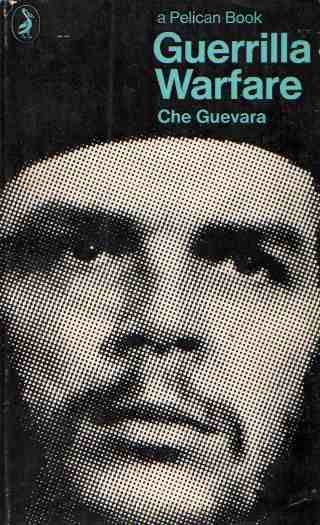Ελληνικό Αρχείο Τσε Γκεβάρα © Guevaristas
Η πρώτη και πληρέστερη ελληνική ιστοσελίδα για τον Ερνέστο Τσε Γκεβάρα.
Ελληνικό Αρχείο Τσε Γκεβάρα © Guevaristas
Η πρώτη και πληρέστερη ελληνική ιστοσελίδα για τον Ερνέστο Τσε Γκεβάρα.
 1. Essence of Guerrilla Warfare
1. Essence of Guerrilla Warfare It is also possible to have recourse to certain very homogeneous groups, which must have shown their efficacy previously in less dangerous tasks, in order to make use of another of the terrible arms of the guerrilla band, sabotage. It is possible to paralyze entire armies, to suspend the industrial life of a zone, leaving the inhabitants of a city without factories, without light, without water, without communications of any kind, without being able to risk travel by highway except at certain hours. If all this is achieved, the morale of the enemy falls, the morale of his combatant units weakens, and the fruit ripens for plucking at a precise moment.
It is also possible to have recourse to certain very homogeneous groups, which must have shown their efficacy previously in less dangerous tasks, in order to make use of another of the terrible arms of the guerrilla band, sabotage. It is possible to paralyze entire armies, to suspend the industrial life of a zone, leaving the inhabitants of a city without factories, without light, without water, without communications of any kind, without being able to risk travel by highway except at certain hours. If all this is achieved, the morale of the enemy falls, the morale of his combatant units weakens, and the fruit ripens for plucking at a precise moment.